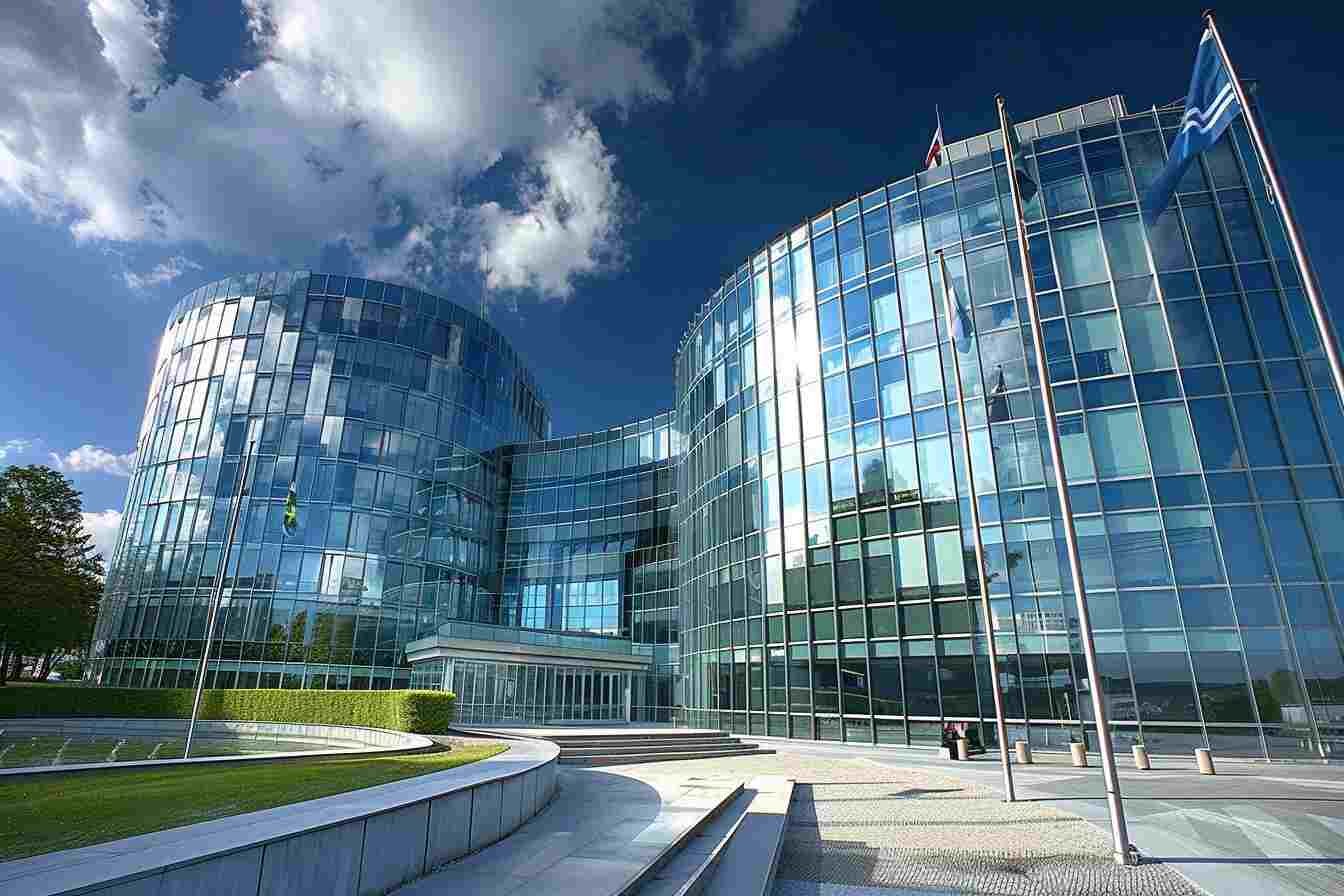Unlocking Creativity: Exploring the World Intellectual Property Organization (WIPO)
The World Intellectual Property Organization (WIPO), based in Geneva, Switzerland, is a specialized body of the United Nations system of organizations. Its objective is to develop an international Intellectual Property system that is balanced and accessible and that rewards creativity, stimulates innovation and contributes to economic development, while also preserving the public interest.
In today’s knowledge-driven world, protecting intellectual property (IP) is crucial for fostering innovation and economic growth. Enter the World Intellectual Property Organization (WIPO), a specialized agency of the United Nations dedicated to creating a balanced and accessible international IP system. From patents and trademarks to copyrights and industrial designs, WIPO plays a vital role in safeguarding the rights of creators and inventors worldwide.
WIPO Created in 1967
The organization was created in 1967 under the WIPO Convention, with the mandate of member states to promote the protection of intellectual property throughout the world through the cooperation of states and collaboration with other international organizations. The entity was absorbed by the UN in 1974.
The vast majority of member states of the organization are developing states. Developed Western states are in the minority. The entity is related to the World Trade Organization regarding the promotion of development. Together they have taken agreements such as the Agreement on Trade-Related Aspects of Intellectual Property Rights (TRIPS or TRIPs). This agreement links respect and compliance with intellectual property rights to possible WTO economic sanctions.

World Intellectual Property Organization HQ (the Árpád Bogsch Building) in Geneva, Switzerland. Metatron, CC BY-SA 3.0, via Wikimedia Commons
Objectives of the World Intellectual Property Organization
Among the objectives that we can highlight from the World Property Organization are the following:
- To provide Member States with an infrastructure to make the intellectual property systems of each country compatible.
- Work with countries to enhance all the benefits of a strong, stable and secure intellectual property system.
- Facilitate the flow of information between countries to ensure the protection of intellectual property in all Member States.
- Provide the knowledge necessary to establish a functioning intellectual property system.
Key Objectives and Services:
- Harmonizing International IP Systems: WIPO works to bridge the gap between national IP laws and regulations, facilitating smoother cross-border trade and investment.
- Enhancing Knowledge and Capacity: The organization offers training programs, workshops, and resources to equip member states with the tools and expertise needed to manage their IP systems effectively.
- Dispute Resolution and Arbitration: WIPO provides efficient and cost-effective mechanisms for resolving IP disputes between individuals, businesses, and countries.
- Global IP Information: WIPO maintains comprehensive databases and publications, offering valuable resources for inventors, researchers, and businesses seeking IP protection globally.
Impact and Examples:
- TRIPS Agreement: WIPO played a key role in the development of the Agreement on Trade-Related Aspects of Intellectual Property Rights (TRIPS), a landmark agreement that sets minimum standards for IP protection within the World Trade Organization (WTO) framework.
- Patent Cooperation Treaty (PCT): This WIPO-administered treaty streamlines the patent application process, allowing inventors to seek protection in multiple countries simultaneously.
- Madrid System for the International Registration of Marks: This system simplifies the trademark registration process for businesses seeking global brand protection.
Beyond the Basics:
While WIPO’s core functions are crucial, its work extends to numerous other areas, including:
- Supporting Sustainable Development: WIPO recognizes the role of IP in promoting innovation for environmental protection, poverty reduction, and other sustainable development goals.
- Enhancing Public Understanding of IP: Through educational initiatives and awareness campaigns, WIPO aims to demystify IP and empower individuals and communities to leverage its benefits.
- Promoting Creativity and Innovation: WIPO supports various initiatives that celebrate and encourage creativity, such as World Intellectual Property Day.
Conclusion:
The World Intellectual Property Organization plays a vital role in shaping the global IP landscape. By fostering collaboration, providing resources, and championing balanced IP systems, WIPO helps unlock the power of creativity and innovation, driving economic growth and progress for all.
Sources: World Intellectual Property Organization
Photo powered by Midjourney
Intellectual Property | Categories, Registration, Rights, Advantages







